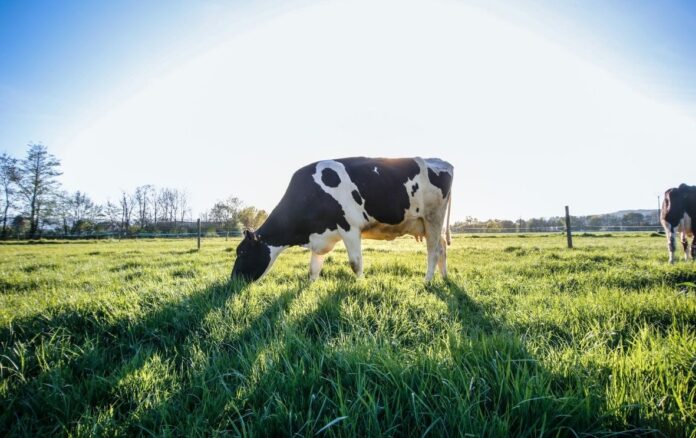The Climate Change Advisory Council has set out a raft of recommendations for the agricultural sector in its 2022 annual report.
The council states that there is a “critical” need to accelerate research and assessment of new and emerging technologies and farming practices, such as the feed additive, 3-NOP.
This, they suggest, requires an ambitious programme of applied research, stakeholder engagement, support and guidance for implementation, which establishes an “effective” pipeline from ‘theory to practice’ as exemplified in the Teagasc Signpost programme and IFA-led Smart Farming initiatives.
Moreover, a council spokesperson says that a just transition requires “strong” community engagement and confidence that the transition will deliver a “vibrant” rural economy.
The council recommends a review of the ‘Ag Climatise’ – National Climate and Air Roadmap for the Agriculture Sector’ to realign the roadmap with the “growing demand” for and “increased ambition” for emissions reductions in the sector.
“This must provide a precise pathway and timeframe for speedy implementation of measures identified in Ag Climatise,” the spokesperson explains.
Methane and nitrous oxide emissions
The council spokesperson stated that “significant and immediate” reductions in methane and nitrous oxide emissions are required.
The mitigation potential of a range of technologies have been “robustly demonstrated”, and many are available on the market.
However, the report states that protected urea fertilisers, for example, represent only an estimated 5% of nitrogen fertilisers sales last year.
The council recommends “an acceleration” in the rate of deployment of “proven” mitigation options.
“This will require the use of a diverse range of policy instruments, including targeted incentives under the Common Agricultural Policy, regulation and enforcement, market mechanisms, communications and advisory services.”
Farm diversification
Besides, the council suggests enabling the deployment of technologies and diversification of activities enabled through design, resourcing and implementing policies to address climate change.
The spokesperson notes that “these need to present viable and attractive options for farmers and support rural communities”.
Afforestation, it suggests, needs to be “perceived and rewarded” as an “attractive” option for farmers.
It says that an “urgent” reform of the licensing and regulation of routine forestry activities is “necessary”.
The council calls for the Forestry Policy Group to identify initiatives to revitalise the forest sector, and to deliver detailed policy design and the pathway and timeframes for implementation before year-end.
Dairy farming
In terms of the livestock, the spokesperson says that “the council is very concerned about the continued increase in emissions within the dairy sector”.
The spokesperson adds that the Interim Report of the Food Vision Dairy Policy Group has identified several practical measures that could potentially reduce emissions.
“Co-design of effective policy instruments will ensure sectoral acceptance and deployment at the scale necessary for significant impact on emissions,” the spokesperson concluded.
Other articles on That’s Farming:





